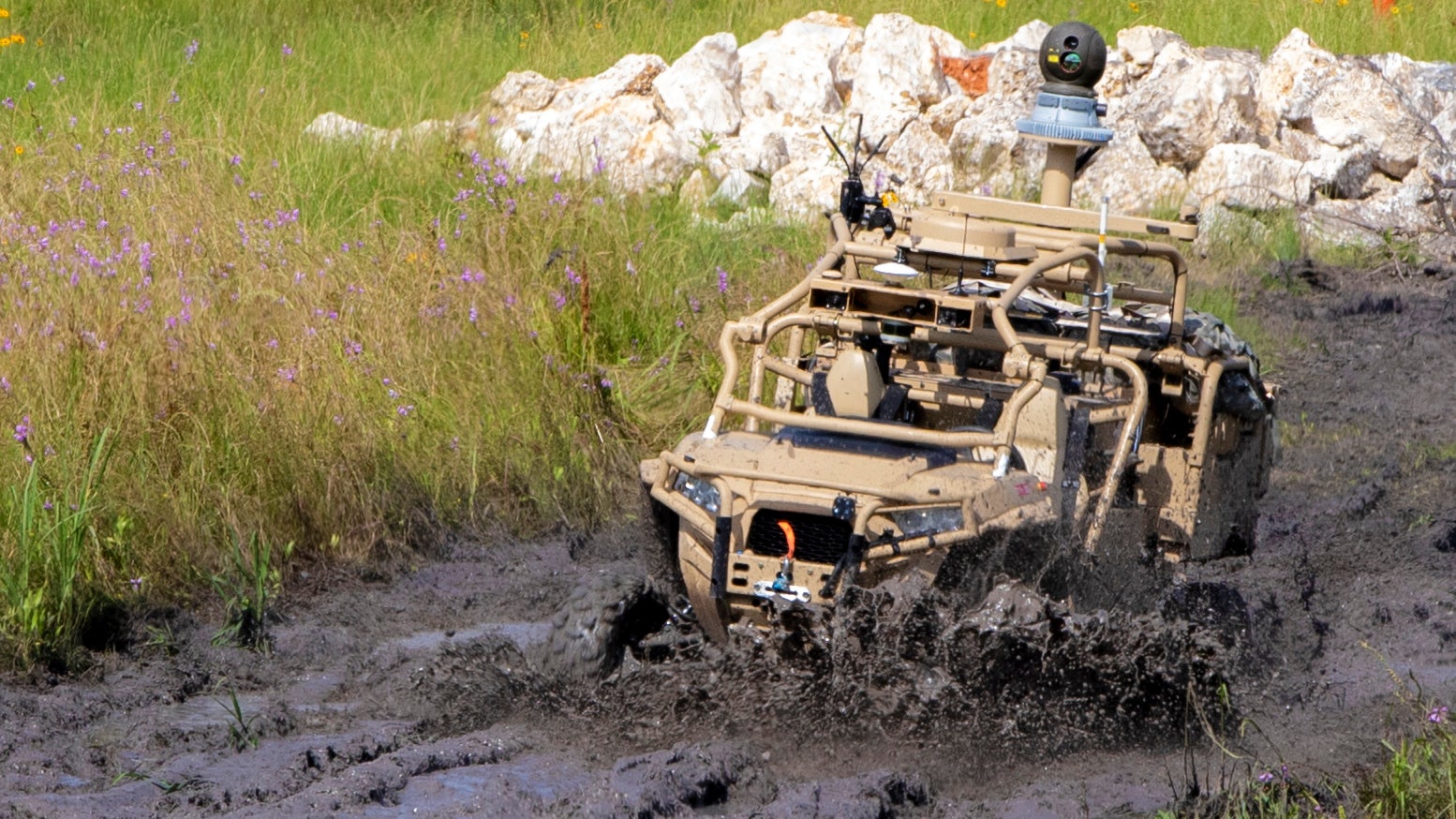Science Fiction Comes Alive with Unmanned Systems
Science Fiction Comes Alive with Unmanned Systems

Unmanned ground vehicles have made the transition from science fiction to reality, with platforms already proving their value to land forces.
There are limits, though, on how fast progress can be made. Alexander Kott, an Army Research Laboratory scientist specializing in cyber resiliency, said the only limit on unmanned systems will be the speed of advances in science and technology. He said transformational, game-changing unmanned systems can be expected.
During an Aug. 18 webinar sponsored by the Army’s Mad Scientist Initiative, experts said unmanned systems have proven they can operate alone and with human teammates on a variety of missions, including potential robot-on-robot battles. Expansion is coming, they said.
The Army is testing several unmanned systems, working under remote control of humans and operating independently on logistics, reconnaissance and other missions. The future of the systems depends on compromises made in weight, capabilities and cost of both the initial acquisition and repairs.
Kott said three challenges need to be overcome for big progress. Mobility has been a major limitation because driving themselves over rough terrain is not yet possible. Coordination and teaming are other issues, a sophisticated operation. Communications is another hurdle to overcome. This requires better communication between humans and machines, and among teamed machines, Kott said.
Endurance of autonomous systems is also complicated in terms of refueling, resupplying and repair, Kott said. Consideration is being given to creating autonomous systems that could survive on their own, with the ability to scrounge for their own fuel and supplies.

